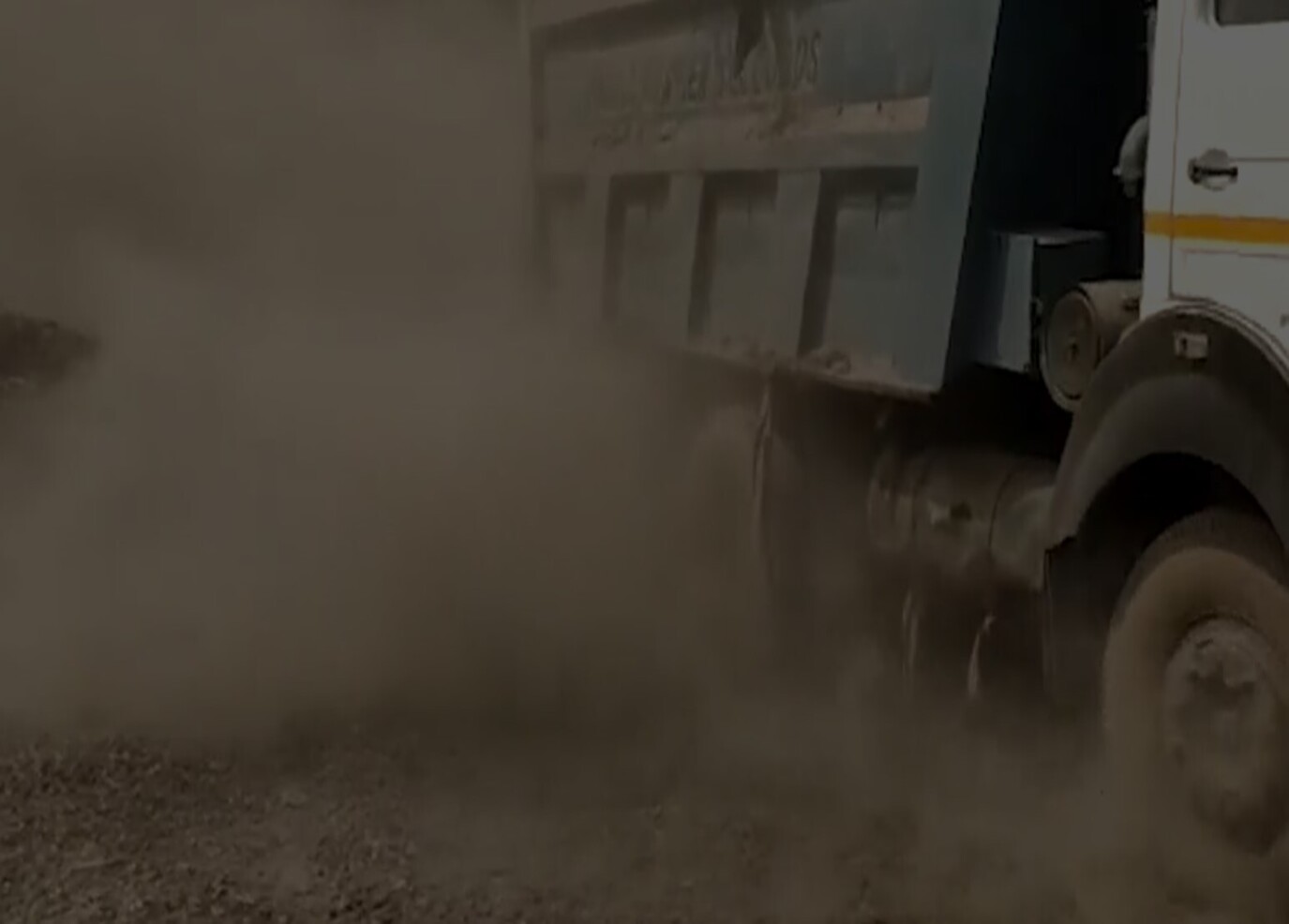India’s rapid urbanization and development have come at a hidden cost – a choking cloud of dust pollution. This invisible enemy infiltrates our homes, lungs, and very way of life, posing a serious threat to public health and the environment.
The Problem:
Dust pollution encompasses a range of airborne particles, from fine PM2.5 to larger, coarser dust. These particles originate from various sources:
- Construction activities: Demolition, excavation, and construction projects generate significant dust clouds, impacting air quality in surrounding areas.
- Unpaved roads: Unpaved roads churn up dust, especially during dry periods, worsening air quality and visibility.
- Industrial activities: Mining, quarrying, and other industrial processes release dust particles into the atmosphere.
- Agricultural practices: Burning of agricultural residue and tilling of land contribute to dust pollution, particularly in rural areas.
- Vehicle emissions: Dust from unpaved roads and construction sites can be kicked up by vehicles, further exacerbating the problem.
The Impact:
Unchecked dust pollution has severe consequences:
- Respiratory illnesses: Dust can irritate the respiratory system, triggering asthma, bronchitis, and other lung diseases.
- Cardiovascular problems: Fine dust particles can enter the bloodstream, increasing the risk of heart disease and stroke.
- Eye irritation and vision problems: Dust can cause discomfort, redness, and even damage to the eyes.
- Environmental degradation: Dust can settle on crops, impacting agricultural productivity and soil health.
Government Actions:
Both the central and state governments have taken steps to curb dust pollution:
- Emission standards and regulations: Implementing regulations for construction activities and industries to control dust generation.
- Dust suppression measures: Promoting the use of dust suppressants on unpaved roads and construction sites.
- Green spaces and afforestation: Planting trees and developing green spaces to act as natural air filters.
- Public awareness campaigns: Educating citizens about the dangers of dust pollution and ways to mitigate it.
- Enforcement and monitoring: Regularly monitoring compliance with regulations and taking action against violators.
What More Can Governments Do?
- Invest in infrastructure development: Paved roads, better waste management systems, and efficient public transport can significantly reduce dust generation.
- Promote sustainable construction practices: Encourage the use of dust-controlling technologies and materials during construction.
- Support research and development: Invest in research to develop cleaner technologies and more effective dust mitigation strategies.
- Strengthen enforcement mechanisms: Implement stricter penalties for non-compliance with environmental regulations.
- Improve data collection and monitoring: Real-time data on dust levels can inform targeted interventions and track progress.
Citizens’ Role:
Individuals can also play a crucial role in combating dust pollution:
- Demand action: Advocate for stricter regulations and hold authorities accountable for enforcing them.
- Support eco-friendly practices: Choose builders and contractors who use dust control measures.
- Reduce personal dust generation: Avoid open burning, minimize outdoor activities during high dust periods, and use proper ventilation in homes.
- Promote awareness: Educate others about the dangers of dust pollution and encourage them to take action.
Technological Interventions:
Emerging technologies offer promising solutions:
- Dust monitoring sensors and networks: Real-time monitoring of dust levels can identify hotspots and guide targeted interventions.
- Drone-based air purification systems: Drones equipped with air filtration technology can be deployed to clean polluted areas.
- Smart irrigation systems: Optimizing water usage in agriculture can minimize dust generation from dry and tilling practices.
- Bio-based dust suppression solutions: Utilizing microbial agents or natural polymers as dust suppressants can offer environmentally friendly alternatives.
- Smart traffic management systems: Optimizing traffic flow and reducing congestion can minimize dust generation from vehicle emissions.
The Road Ahead:
Dust pollution is a complex challenge that requires a multi-pronged approach. By working together, governments, industries, and citizens can implement effective measures, embrace innovative technologies, and foster a culture of environmental responsibility. Remember, every action, no matter how small, can contribute to a dust-free future where we can all breathe easier. Let’s join hands to reclaim our clean air and build a healthier, more sustainable future for generations to come.

